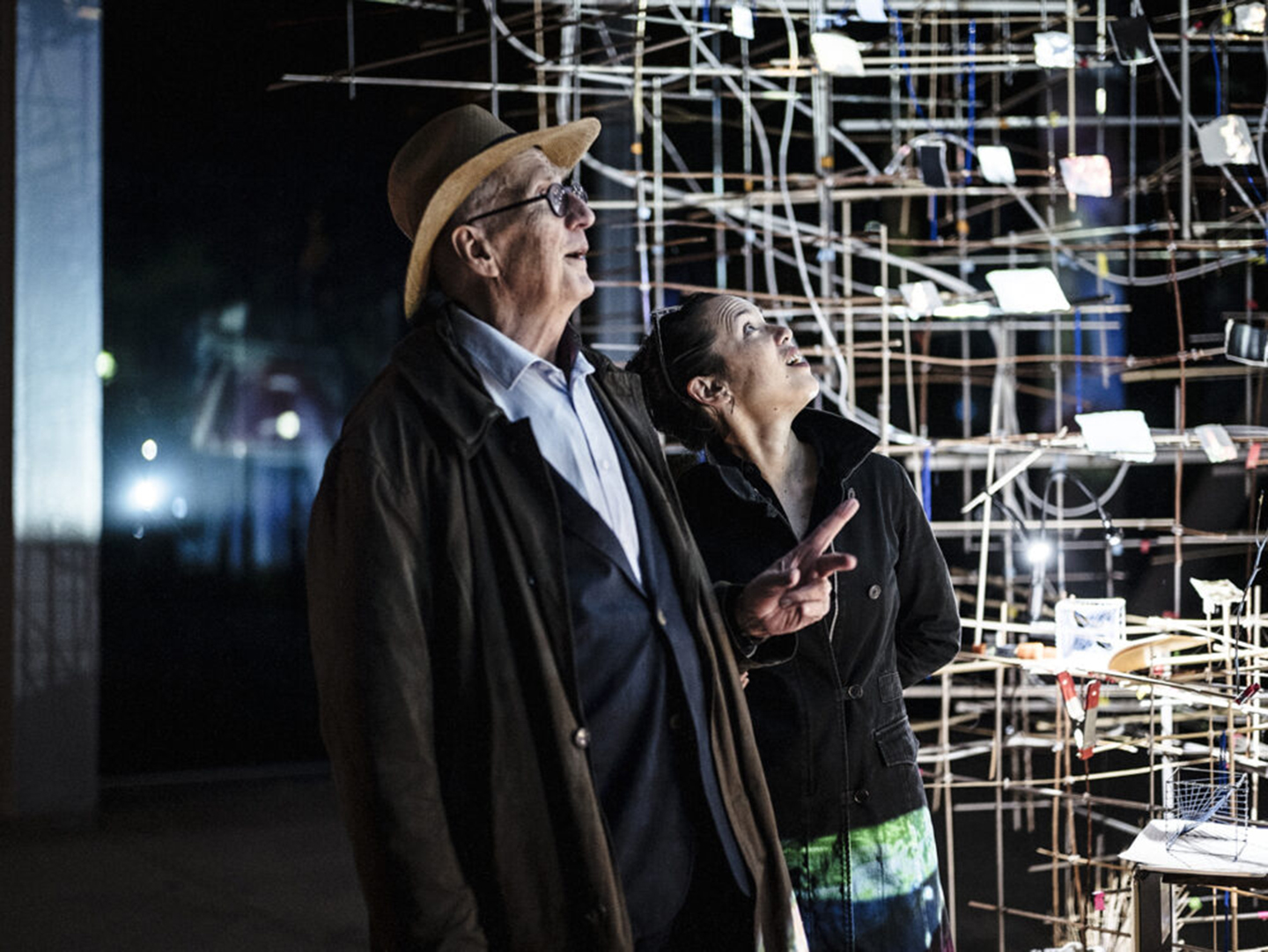Bruno Latour, The Pasteurization of France, trans. Alan Sheridan and John Law (Harvard University Press, 1988), 158.
Bruno Latour, An Inquiry into Modes of Existence, trans. Catherine Porter (Harvard University Press, 2013), 370.
It is also important to note that he continuously expressed his deep gratitude—to the artists, scholars, and activists with whom we worked; to the team at Sciences Po médialab, notably Donato Ricci, Christophe Leclercq, and Valérie Pihet for their editorial, design, and curatorial work; to the team at ZKM, notably its director and Bruno’s friends Peter Weibel and cocurator Bettina Korintenberg, as well as Margit Rosen, Philipp Ziegler, Daria Mille, Barbara Kiolbassa, Jens Lutz, and Miriam Stürner; to the Taipei Fine Arts Museum, especially its director Ping Lin, chief curator Sharleen Yu, and and Biennial cocurator Eva Lin; and to the Centre Pompidou Metz, especially its director Chiara Parisi, chief curator Jean-Marie Gallais, and Michael Flowers for all his precious help on every text.
